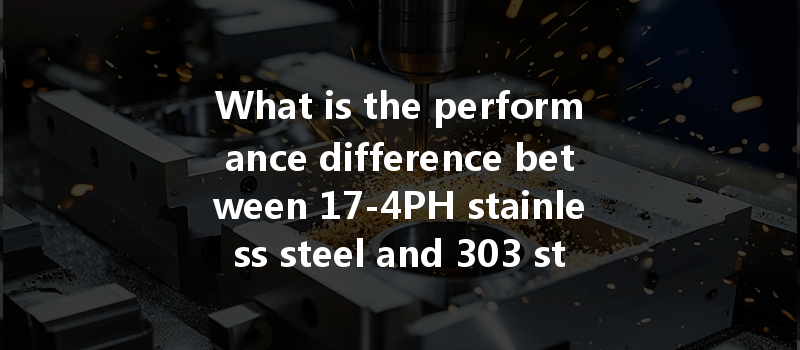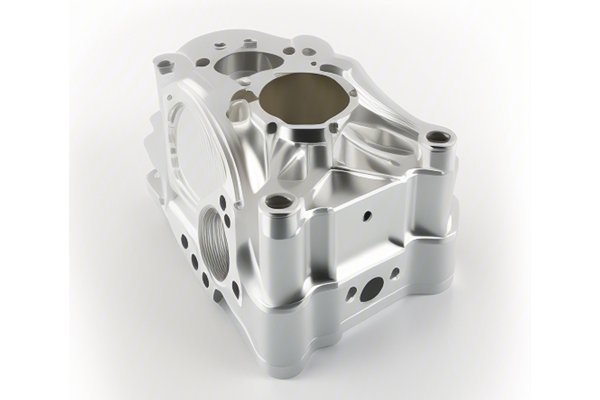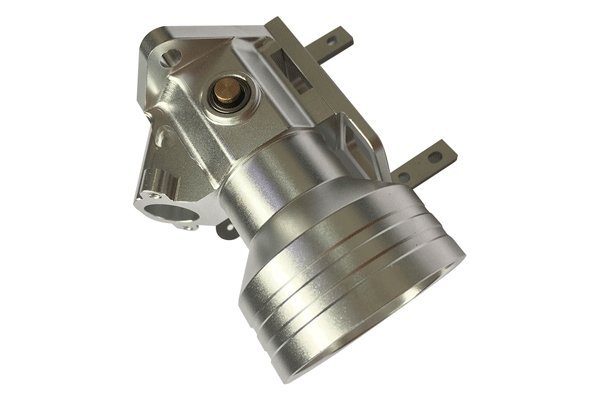Have you ever considered how the choice of material can significantly impact the efficiency and outcome of CNC machining? In a world where precision engineering is paramount, selecting the right metal for your application can spell the difference between failure and success. Among various options, two popular choices stand out: 17-4PH stainless steel and 303 stainless steel. But what sets them apart in CNC machining applications?
An Overview of Stainless Steels
Before we delve into the specifics of 17-4PH and 303 stainless steels, it’s crucial to grasp the primary characteristics of stainless steel as a material. Stainless steels are iron-based alloys containing a minimum of 10.5% chromium. The chromium content forms a passive layer of chromium oxide on the steel surface, providing corrosion resistance. But not all stainless steels are created equal; they vary in composition and properties, tailored for specific applications.
Characteristics of 17-4PH Stainless Steel
Composition and Properties
17-4PH (Precision Hardening) stainless steel is a precipitation-hardening steel, which combines corrosion resistance with high strength and hardness. Its chemical composition includes about 15-17.5% chromium, 3-5% nickel, and 4-5% copper. The major properties of 17-4PH include:
Applications
Due to its unique properties, 17-4PH stainless steel is widely used in various sectors, such as:
Characteristics of 303 Stainless Steel
Composition and Properties
303 stainless steel is an austenitic grade known for its ease of machining. It contains higher amounts of sulfur and phosphorus compared to standard stainless steels, which enhances its machinability. Key characteristics include:
Applications
303 stainless steel is prevalent in industries that require high-production machining, including:
CNC Machining: Performance Comparison
When comparing 17-4PH and 303 stainless steels in CNC machining, several factors come into play, including:

Strength and Durability
: If your application lies in high-stress or critical environments, the strength of 17-4PH stainless steel often outweighs the advantages of
Machinability
Cost
Cost is another significant factor in the decision-making process. Typically, 303 stainless steel is less expensive than 17-4PH. However, the total cost of the part depends on the overall machining time, scrap rates, and value of the end product.
: While 303 might seem more budget-friendly initially, consider the long-term performance needs when evaluating costs.
Application Suitability
Carefully assess the intended application. For medical, food processing, or general-purpose parts, 303 may suffice. However, for aerospace or high-performance components, 17-4PH would be more appropriate due to its superior strength and corrosion resistance.
: Application relevance is key; select the stainless steel that meets both the mechanical requirements and environmental resistances.
Problem-Solving Techniques for CNC Machining
Choosing between 17-4PH and 303 during CNC machining not only involves understanding their properties but also optimizing the machining processes for better results. Here are some techniques and considerations:
Tool Selection
Machining Parameters
Post-Machining Treatments
In conclusion, while 17-4PH stainless steel and 303 stainless steel each bring their unique advantages and disadvantages to CNC machining, the choice ultimately hinges on the specific requirements of your application. The performance qualities of strength, machinability, cost, and application suitability must guide your decision process.
When selecting a material for CNC machining, always think about the long-term implications, including operational efficiency, production costs, and resilience to wear and tear. The right choice can lead to significant improvements in part quality and manufacturing processes.
Remember, investing time in evaluating materials can yield better performance results in the long run. Given the rapid advancements in CNC technology and machining practices, understanding the performance differences between these two stainless steels is not just beneficial—it’s essential for production excellence in today’s competitive landscape.






